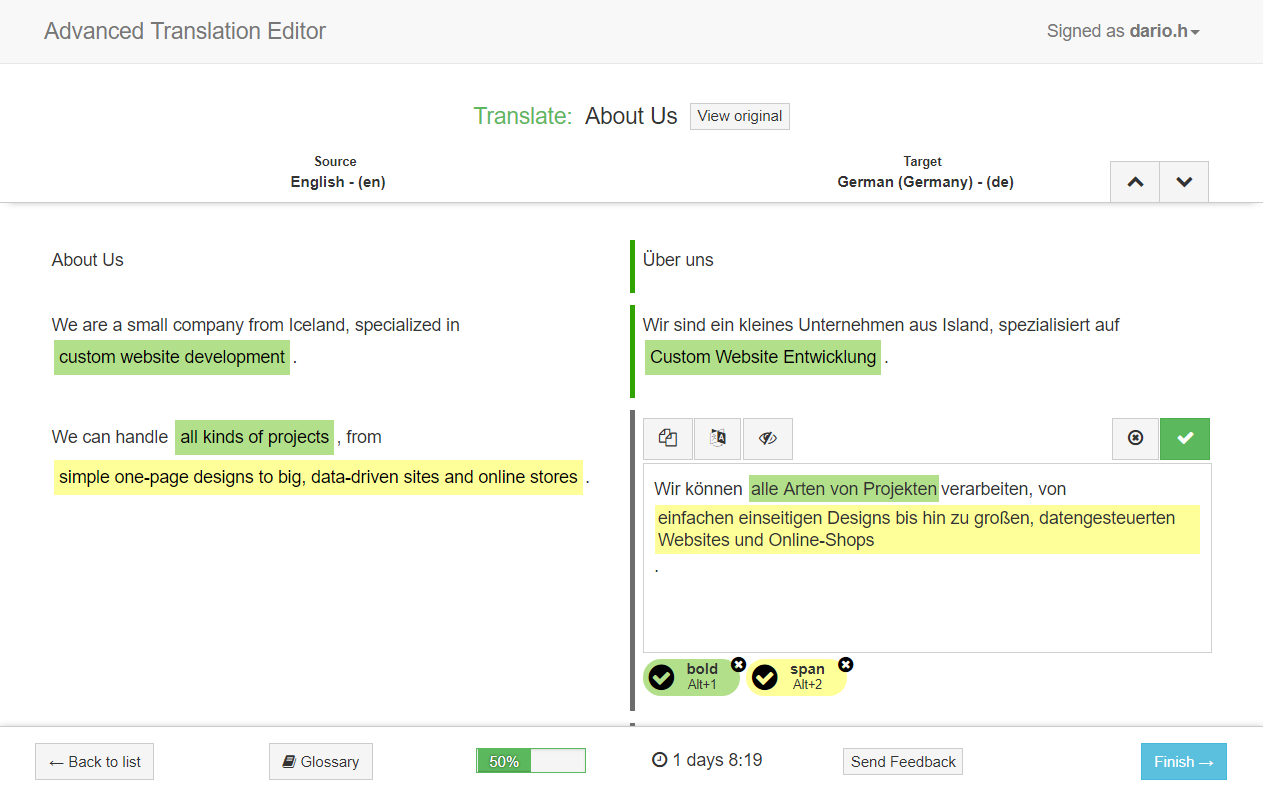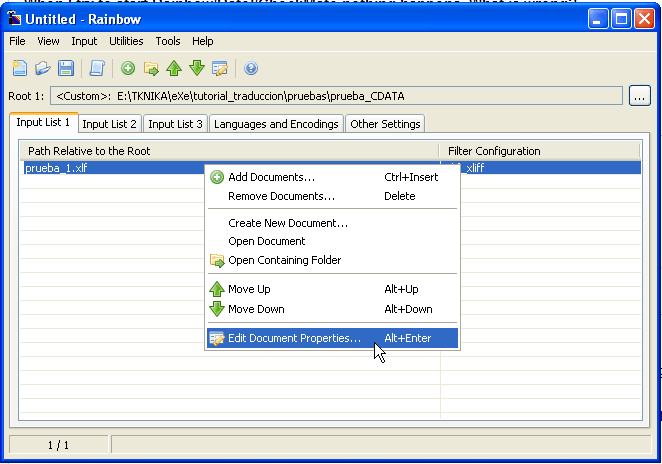
In memoQ, select the documents, choose Export bilingual, choose memoQ XLIFF as the output format and click Export to a folder, for example ToXbenchQA.Starting with this memoQ build, the instructions to QA a memoQ project are as follows: Instructions for memoQ 2014 build 51 or laterĪ new feature was added to memoQ 2014 build 51 that greatly simplifies the interoperability with ApSIC Xbench. This means that if you find an issue while running a QA on the memoQ file in Xbench, you can fix it directly in memoQ by simply choosing Edit Segment (Ctrl+E). With this setup, that is, with the ToXbench view open in memoQ and the corresponding mqxlz file loaded in ApSIC Xbench, if you choose Edit Segment in ApSIC Xbench, it will position in memoQ to exact same segment that you have currently selected in Xbench.

Add the ToXbench.mqxlz file you created in step 2.

However, the Edit Segment command that allows you to go to the same segment in memoQ has one important limitation: it only works if the current mqxliff document is open in memoQ.

Xliff editor tutorial trial#
When the trial period is over, the free account can still be used up to 1000 strings.
Xliff editor tutorial download#
Step 4: When you're done with the XLIFF language edit, use the Export button in any translation page to download a localized XLIFF file.Ĭreating a first project launches a Free Trial, which increases the account's limit from 1000 strings to 30 000.

Step 3: Add more languages to the project and manage their translation, with the optional help of contributors. If you have translations in the tag also and want to add them to the project, create a new language and import them there. You can change the DRL in the project's Settings. This language will automatically be suggested as your project's Default Reference Language after you import the translations. Step 2: Add a language to the project and then import your strings from the XLIFF file, using the Import functionality in the project page.Ĭhoose in the import options to Also import translations to a language and pick the language you've just added, making sure to check the box to get translations from instead of tag. Step 1: Add a new project in your Dashboard. To get started, you need to be registered to POEditor (it takes just a few seconds to open a free account) and to follow the steps below. You can easily edit XLIFF files online with POEditor.


 0 kommentar(er)
0 kommentar(er)
